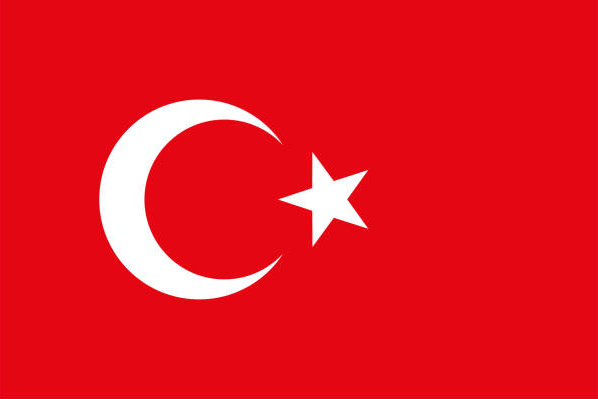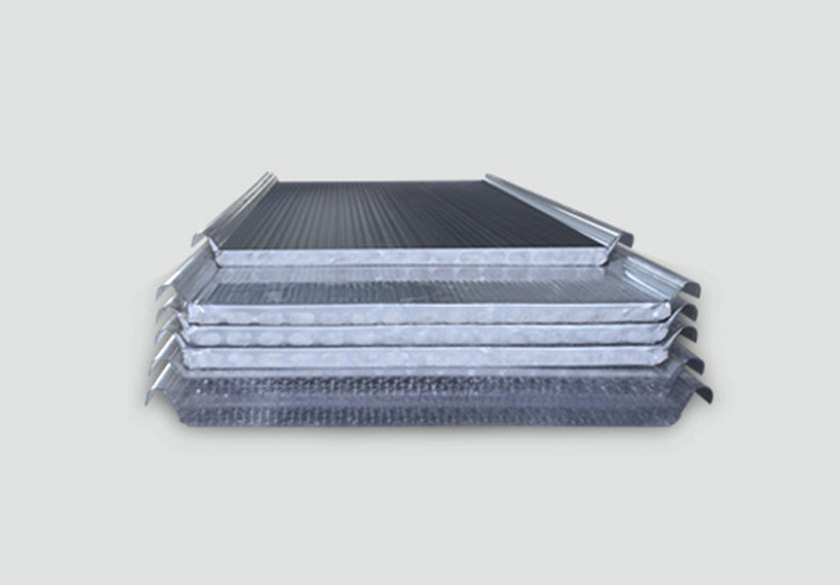Polycarbonate
Coating Material
- It is made of polycarbonate and is transparent or white in color.
- The upper surface is coextruded and U.V. protected.
- It is approximately 80 mm cheek pitch height.
- The cheek turn is double-walled to provide high strength.
- It is designed for use between sandwich panels.
| Panel Width | 1000mm ± 15mm (left-right cheek center to center) |
| Panel Length | Desired size, custom size |
| Number of Walls / Structure | 7 Walls / X Structure |
| Panel unit weight | 3500gr/m2 (Tolerance ± 10%) |
| Heat Conduction Coefficient(K) | 1.10 W/m2K |
| Light Transmittance (LT %) | Transparent 50% (visible light transmittance) White 25% (visible light transmittance) |
| Usage Temperature | -40 ºC ~ + 120 ºC |
| Expansion/Contraction | 0.065 mm/m ºC |
| Combustion Resistance | EN 13501 EuroClass B-s1,d0 |
| Acoustic Insulation | 21dB |
| Coextruded U.V. | There is |


 EN
EN  TR
TR 
